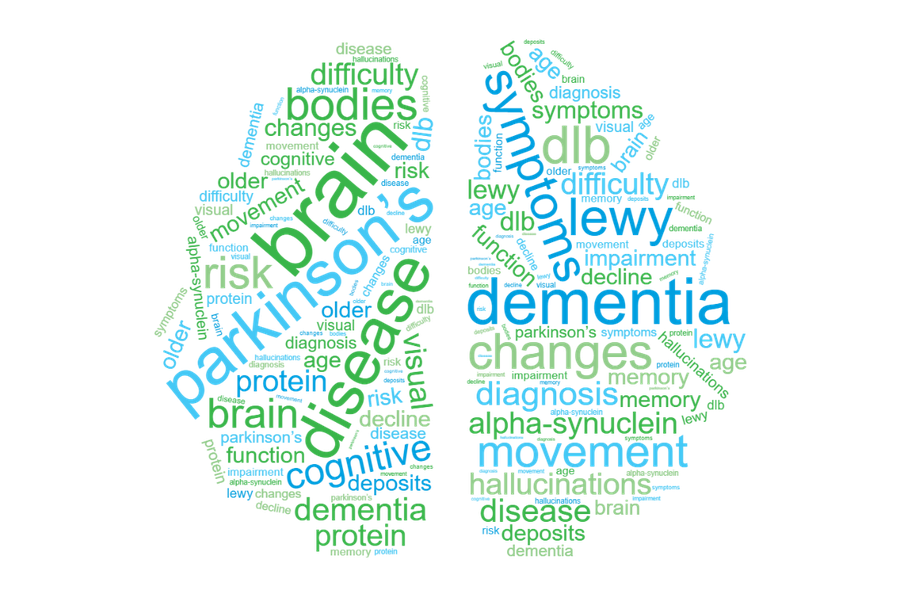Talk to your doctor if you or someone close to you has symptoms of mixed dementia.
When more than one type of dementia happens simultaneously in the brain, it is called mixed dementia.
The most common form is a combination of Alzheimer’s and vascular dementia. Sometimes Alzheimer’s coexists with Lewy bodies and Parkinson’s disease dementia. Sometimes, a person may have changes linked to all three: Alzheimer’s, vascular dementia, and Lewy Body dementia.
Symptoms
Mixed dementia symptoms will vary. Some symptoms may be similar or identical to Alzheimer’s disease or dementia. In other cases, a person’s symptoms may indicate more than one type of dementia. The most important thing is to consult a doctor about any dementia-like symptoms you or someone close to you have.





